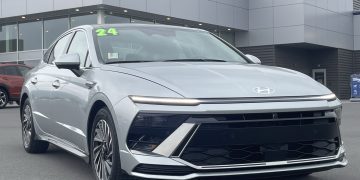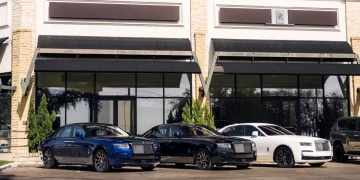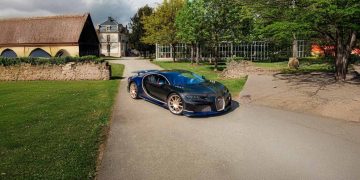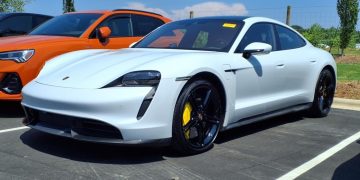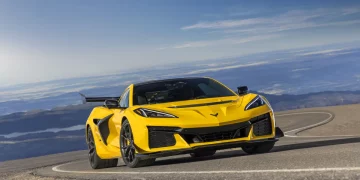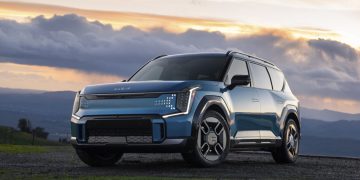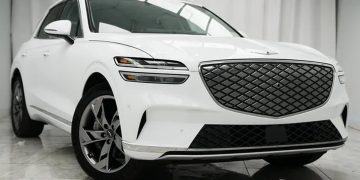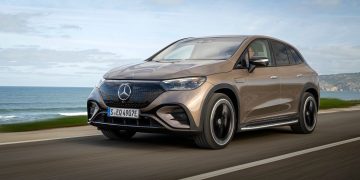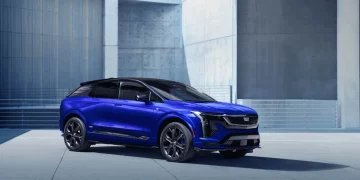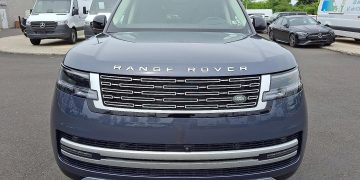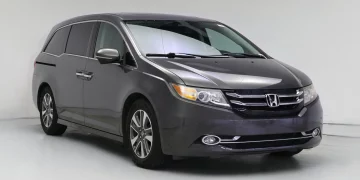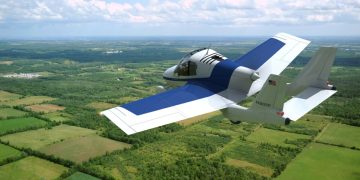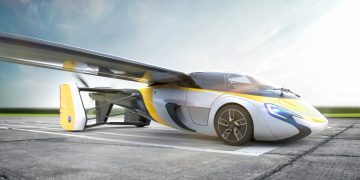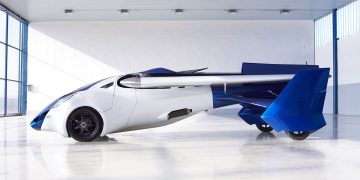Luxury SUVs, once primarily known for their rugged off-road capabilities and spacious interiors, are now also being designed to deliver superior performance and safety at high speeds. As these vehicles increasingly find themselves on highways, racetracks, and long-distance journeys, high-speed stability has become a crucial aspect of their design. With the need for powerful engines, precision handling, and cutting-edge safety features, luxury SUVs are evolving to ensure that they maintain control and safety even when driven at high velocities. In this article, we will explore the design features that make luxury SUVs safe and stable at high speeds, including advancements in aerodynamics, suspension systems, and safety technology.
1. Introduction: The Growing Demand for High-Speed Stability in SUVs
Over the last decade, the demand for high-performance luxury SUVs has skyrocketed. What was once considered a segment primarily for families and off-road enthusiasts has now expanded to include drivers who want the power, handling, and stability of a performance vehicle, coupled with the comfort and luxury of an SUV. As consumers begin to expect more from their vehicles, automakers have risen to the challenge of designing SUVs that are not only capable off-road but also stable and safe when driven at high speeds on the highway or even at high-performance levels.
While traditional sports sedans and coupes have always been associated with speed and high-speed stability, luxury SUVs are increasingly bridging the gap by providing performance that rivals that of sedans and coupes. However, handling a large vehicle like an SUV at high speeds presents a unique set of challenges. The key to high-speed stability lies in a variety of factors, including aerodynamics, suspension, tires, and electronic stability control systems. Let’s dive deeper into the critical design elements that contribute to a luxury SUV’s ability to perform safely at high speeds.
2. Aerodynamics: The Role of Airflow in High-Speed Stability
At high speeds, air resistance becomes a significant factor in vehicle performance. Aerodynamics is the science of designing vehicles in such a way that minimizes drag and optimizes airflow around the vehicle to ensure stability and efficiency. In the case of luxury SUVs, designers pay close attention to how air interacts with the vehicle’s body and structure, particularly the front grille, roofline, rear spoiler, and underbody.
2.1 Streamlined Body Design
One of the most crucial aspects of a luxury SUV’s high-speed stability is its streamlined body design. Vehicles with smoother, more aerodynamic shapes experience less drag and better airflow, which improves their handling at high speeds. Luxury SUVs often incorporate sleek lines and carefully engineered body contours that direct air efficiently around the vehicle. The lower the drag coefficient, the more stable the vehicle becomes at high speeds.
For instance, the Porsche Cayenne and Bentley Bentayga feature smooth, sculpted designs that reduce wind resistance, allowing them to maintain stability at high velocities. These vehicles are designed to keep air flowing over the body with minimal turbulence, ensuring that the SUV remains planted to the road.
2.2 Active Aerodynamic Components
In addition to traditional design elements, many luxury SUVs are now equipped with active aerodynamic components, such as adjustable front grilles, rear spoilers, and even active rear diffusers. These components adjust automatically based on the vehicle’s speed, providing additional downforce or reducing drag when needed. For example, at higher speeds, the rear spoiler may deploy to improve stability, while at lower speeds, the vehicle can reduce drag by retracting certain components.
Active aerodynamics is a feature seen in vehicles like the BMW X5 M and Mercedes-Benz G-Class, which helps these SUVs maintain high-speed stability without compromising fuel efficiency or performance. This technology enables the SUV to adapt dynamically to different driving conditions, ensuring optimal performance regardless of speed.
3. Suspension Systems: Ensuring Stability and Comfort
An essential aspect of handling at high speeds is the vehicle’s suspension system. Suspension systems are designed to absorb shocks, reduce body roll, and keep the tires in contact with the road, which is particularly critical when cornering at high speeds. For luxury SUVs, suspension technology plays a vital role in maintaining both comfort and high-speed stability.
3.1 Adaptive Air Suspension
Many high-performance luxury SUVs feature adaptive air suspension systems, which adjust the vehicle’s ride height and damping rates based on driving conditions. When driving at high speeds, the system can lower the SUV to improve aerodynamics and stability, providing a firmer, more controlled ride. Conversely, when driving at lower speeds or on rougher terrain, the suspension can raise the vehicle to ensure comfort and off-road capability.
For instance, the Land Rover Range Rover and Audi Q7 offer adaptive air suspension systems that provide dynamic ride adjustments. When traveling at high speeds on highways or racetracks, these systems offer improved handling by minimizing body roll and optimizing tire contact with the road surface.
3.2 Dynamic Drive Systems and Roll Stabilization
Luxury SUVs with high-performance capabilities are also equipped with dynamic drive systems that help maintain stability during high-speed maneuvers, such as sharp turns and sudden lane changes. Roll stabilization technology, such as anti-roll bars or active stabilizer bars, counteracts body lean and reduces the risk of instability when cornering at high speeds.
The BMW X6 M and Mercedes-Benz GLE Coupe are prime examples of SUVs with dynamic drive systems that actively manage torque distribution between the wheels to enhance stability. By distributing power intelligently, these systems ensure that the SUV maintains maximum grip and composure, even in extreme driving situations.
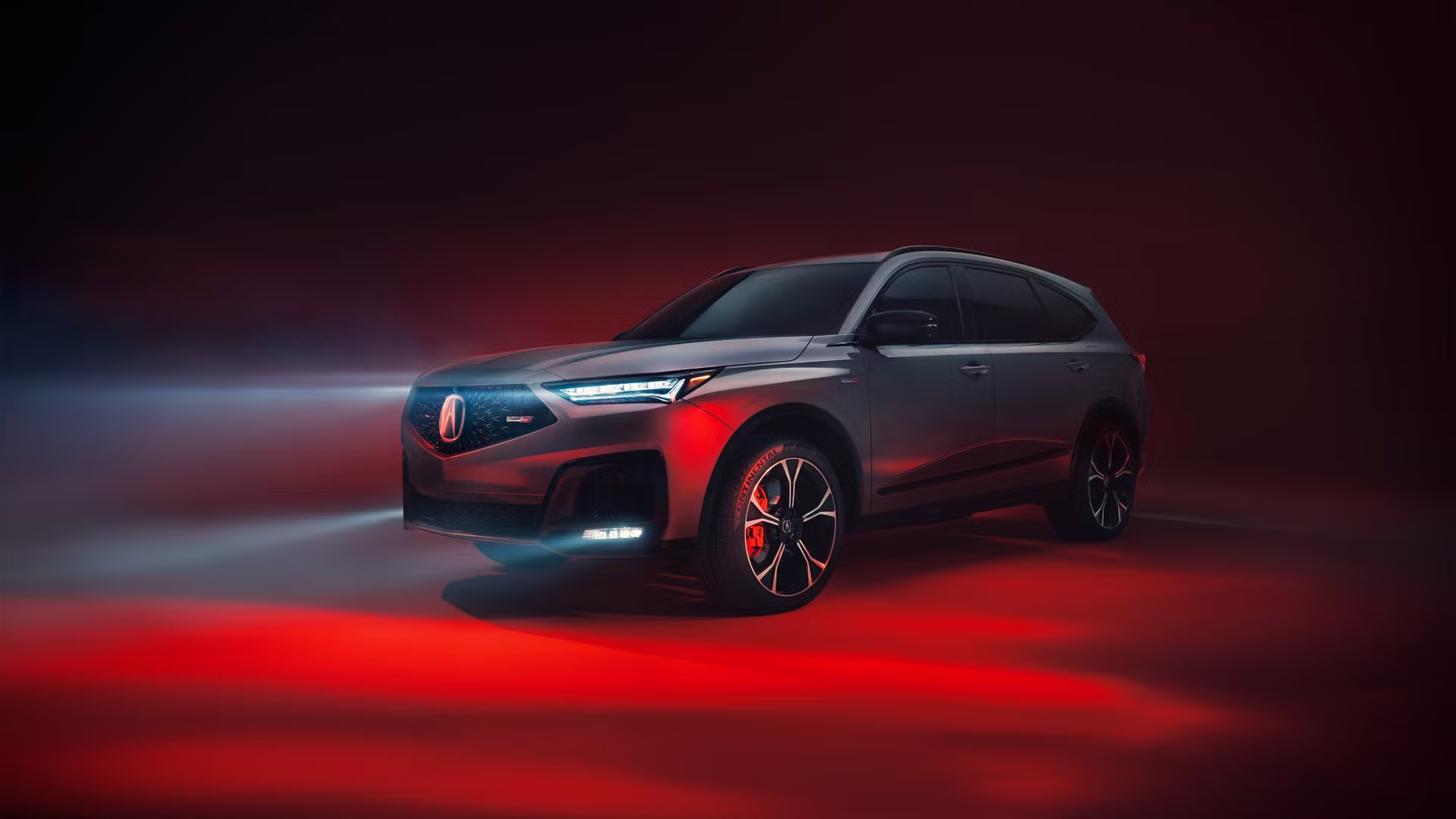
4. Tires: The Foundation of High-Speed Stability
The tires on a luxury SUV are one of the most critical components for ensuring high-speed stability. High-performance tires provide superior grip and handling, enabling the vehicle to remain stable at high speeds while minimizing the risk of tire blowouts or loss of traction. Many luxury SUVs come equipped with specially designed tires that are optimized for high-speed performance, offering superior grip, durability, and heat resistance.
4.1 Performance Tires for Maximum Grip
Luxury SUVs that are designed for high-speed performance are typically fitted with performance tires that are engineered for maximum grip and handling. These tires feature a special tread pattern and rubber compound that enhances traction on both dry and wet surfaces, ensuring that the SUV remains stable at high speeds.
The Maserati Levante and Porsche Cayenne Turbo S are equipped with high-performance tires that provide optimal contact with the road. These tires are essential for high-speed stability, particularly during aggressive cornering or braking.
4.2 Tire Pressure Monitoring Systems (TPMS)
To further enhance safety at high speeds, many luxury SUVs are equipped with Tire Pressure Monitoring Systems (TPMS) that alert the driver if tire pressure falls below optimal levels. Proper tire pressure is essential for maintaining high-speed stability, as underinflated or overinflated tires can lead to reduced traction and control. The TPMS provides peace of mind by ensuring that the tires are properly inflated, even when traveling at high speeds.
5. Electronic Stability Control Systems: Advanced Technology for Safety
In addition to physical design elements, modern luxury SUVs are equipped with sophisticated electronic stability control (ESC) systems that help prevent loss of control, particularly at high speeds. These systems use a combination of sensors, cameras, and algorithms to monitor the vehicle’s speed, wheel rotation, and steering inputs to detect any loss of traction or skidding.
5.1 Electronic Stability and Traction Control
When the system detects a loss of traction, it can automatically adjust braking forces or reduce engine power to prevent the SUV from skidding. This intervention helps keep the vehicle stable and on course, especially when driving in challenging conditions, such as wet or icy roads.
The Lexus RX 500h and Audi Q8 are equipped with advanced ESC systems that enhance both safety and high-speed stability by automatically adjusting the vehicle’s behavior based on real-time data. These systems are essential for preventing accidents and improving driver confidence, particularly when cornering at high speeds or driving on slippery surfaces.
5.2 Advanced Driver Assistance Systems (ADAS)
Many luxury SUVs now come with a suite of Advanced Driver Assistance Systems (ADAS), which further improve high-speed stability by providing additional support to the driver. Features such as lane-keeping assist, adaptive cruise control, and collision prevention systems help the driver maintain control at high speeds, offering an extra layer of safety in case of sudden events.
For example, the Volvo XC90 offers a robust ADAS package that works in tandem with the SUV’s high-speed stability features to help prevent accidents and ensure a safe driving experience, even at high velocities.
6. Conclusion: The Future of High-Speed Stability in Luxury SUVs
Luxury SUVs have come a long way in terms of high-speed stability and safety. Thanks to advancements in aerodynamics, suspension systems, tire technology, and electronic stability control, modern luxury SUVs are more than capable of handling high speeds without compromising safety or comfort. As technology continues to evolve, we can expect to see even more innovations that will make these vehicles safer and more stable on the road, allowing drivers to experience the thrill of high-speed driving without sacrificing control.

